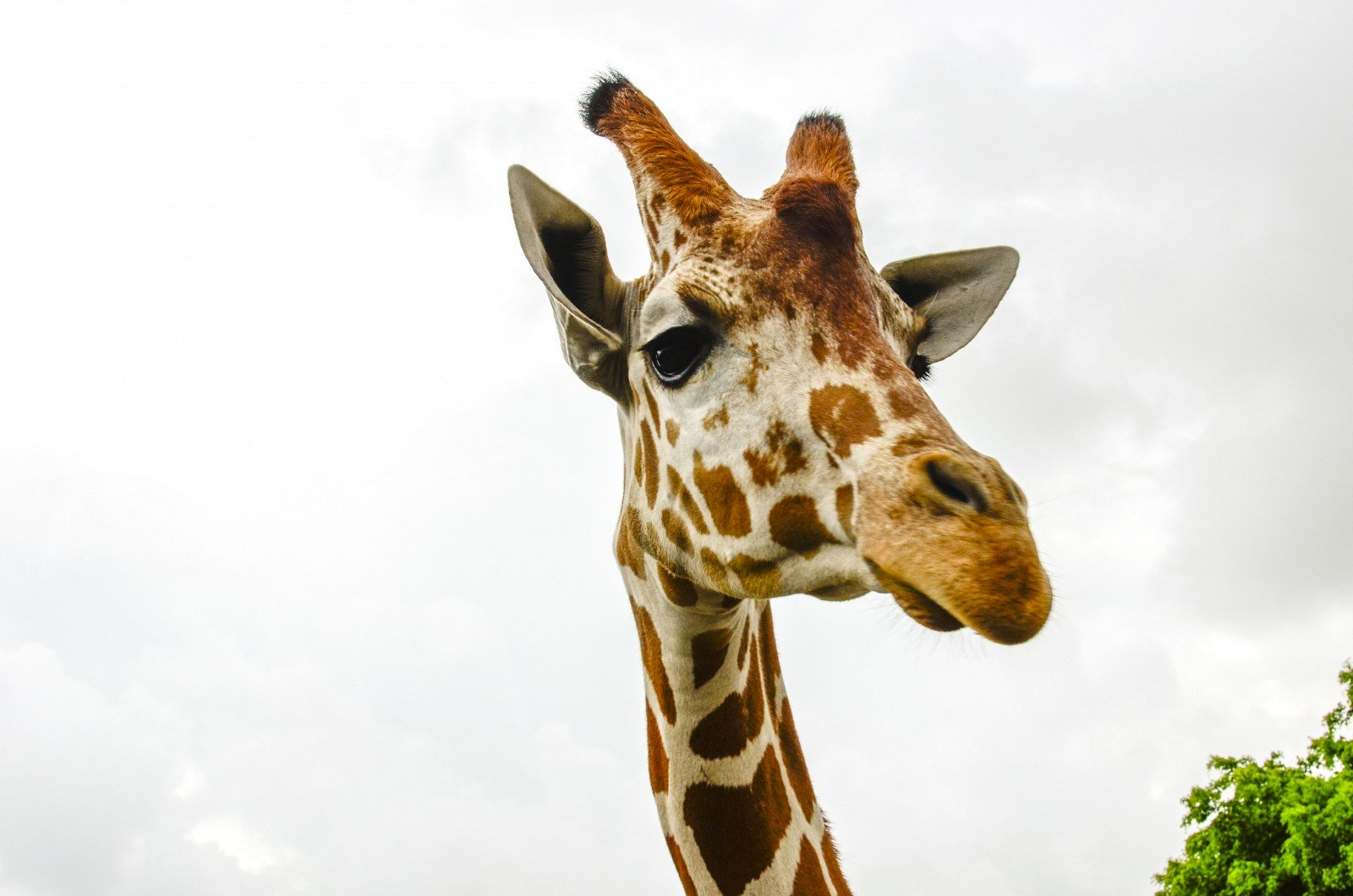Assessing the Behavioral and Physiological Adaptations of Giraffes (Giraffa camelopardalis) in Captive Settings: A Case Study of Miami Zoo

Giraffes (Giraffa camelopardalis) are the tallest mammals in the world, reaching up to 18 feet in height. They are native to Africa and can be found in savannas, grasslands, and open woodlands. Giraffes are herbivores and feed on a variety of plant species, including leaves, flowers, and fruits.
In terms of their physical characteristics, giraffes have a long neck and legs, a spotted coat, and two small horns called ossicones on their head. Their long necks are made up of seven vertebrae, just like humans, but each vertebrae is elongated. The ossicones on their heads are made of bone and covered in skin and hair.
Giraffes are social animals and live in groups called towers or herds. These groups are typically made up of females and their offspring, while males tend to be solitary or form small bachelor groups. Giraffes have a unique social system where they establish dominance through "necking," a behavior where they swing their necks and hit each other with their heads.
Despite being a charismatic and iconic species, giraffes are facing numerous threats in the wild. Habitat loss, poaching, and climate change are all contributing to declining populations. In 2016, the International Union for Conservation of Nature (IUCN) listed giraffes as "vulnerable" on their Red List of Threatened Species.
In terms of conservation efforts, there are several organizations working to protect giraffes and their habitat. The Giraffe Conservation Foundation (GCF) is one such organization that is dedicated to the conservation and management of giraffes in the wild. The GCF works to promote research, education, and community engagement to help conserve giraffes and their habitat.
In conclusion, giraffes are fascinating animals with unique physical characteristics and social behaviors. However, they are also facing numerous threats in the wild and require conservation efforts to ensure their survival.